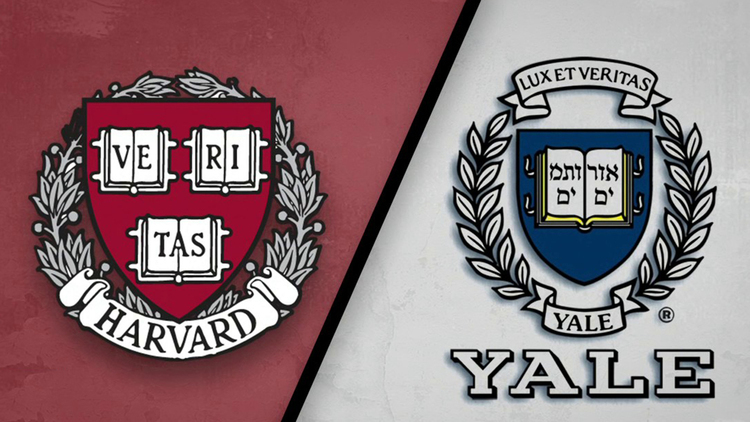
By Steve Sailer
08/14/2014
Forbes has a somewhat breathless but informative article “The Invisible Force Behind College Admissions” on the Noel-Levitz consulting firm that advises hundreds of colleges on what to offer in financial aid to maximize their tuition income.
Twenty-two elite colleges used to get their Overlap Committee together in a hotel conference room every year to fix prices student by student to make sure they didn’t get into bidding war with each other. The first Bush Administration pointed out that this was a violation of the Sherman Antitrust Act (and much else) and Harvard and Yale shamefacedly agreed. But MIT argued that colleges were special (much like baseball did in its 1922 Supreme Court victory over whether the Sherman Antitrust Act applied to the major leagues), and the new Clinton Administration agreed.
But the system seems to have evolved from colleges fixing prices face to face to colleges employing consulting firms to share data (and even employ numerous college admissions officers part time). It’s all so much more hygienic.
Economic theory suggests that the ultimate goal of any monopolist would be “perfect price discrimination” in which each customer is charged the maximum they would possibly pay. To ensure they know exactly how much that is, student by student, colleges require parents of applicants to perform a financial colonoscopy upon themselves via the federal FAFSA form, accompanied by signed 1040 forms. And many require the even more intrusive CSS document.
Of course, colleges aren’t a monopoly, but they appear to be a pretty successful cartel, at least as far as I can tell from noticing their Augusta National-level landscaping budgets. It’s been decades since I’ve seen a college campus that looked as dried out as Pinehurst No. 2 at the U.S. Open last June.
This economic theory angle isn’t the perspective of the Forbes article, but it does make a good implicit point: of course you’d prefer to send your kid to the handful of super-rich schools with 11-digit endowments like Harvard and Stanford. They’re not more expensive than most of their competition, in fact they may well be cheaper for you because they are so flush with cash.
The article bemoans the practice of colleges giving out modest merit scholarships to smart affluent kids, although I have a hard time seeing that as a crisis.
Something that nobody has noticed except Tiger Parents abroad is that American colleges are still pretty good about treating American citizens better than foreigners, at least when it comes to financial aid. American colleges typically expect foreign applicants, of whatever means, to pay full list price, while discounting tuition for middle class American citizens.
Shhhh, don’t tell anybody, or American colleges will decide that’s Nativist and that social justice requires them to have to start accepting whatever fraudulent documentation Shanghai millionaires conjure up for their kids’ FAFSAs.
Right now, though, foreigners pay full freight, which is one reason for the booming business in Birth Tourism. Rich pregnant Shanghai ladies pay to hang out in El Monte, CA and give birth in an American hospital before going home. Birth Tourism advertisements list numerous pecuniary advantages of American citizenship. One reason is so in 18 years the Little Emperor can not only get into UC Berkeley as a Californian, but also not to have to pay any tuition either because the FAFSA sent in by the American citizen’s father’s accountants in Liechtenstein and legal staff in Luxembourg says the family makes $9,700 annually.
So, I probably shouldn’t have mentioned it because this kind of financial aid discrimination against Chinese millionaires’ children sounds racist to modern American ears.
This is a content archive of VDARE.com, which Letitia James forced off of the Internet using lawfare.